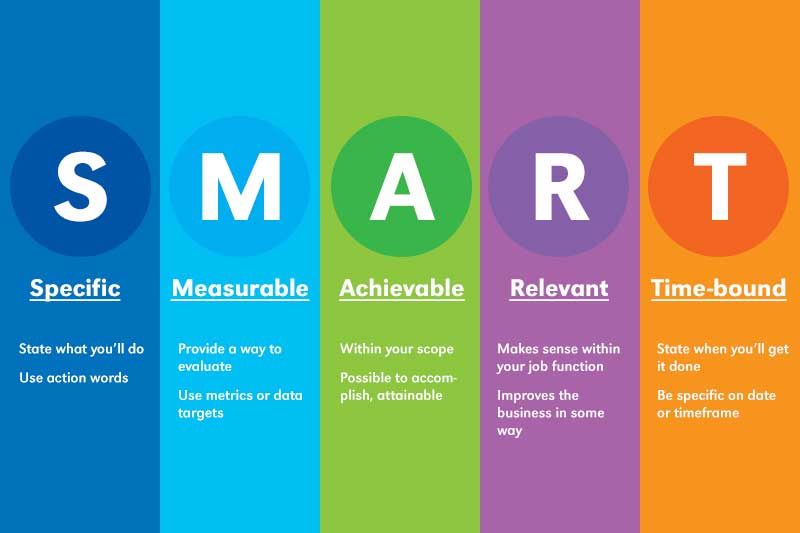Do you want to be on the same page with your team members? Do you want to avoid complaints and confusion that are caused by the lack of information in the workplace? Do you want your employees to feel more connected with the company and be more motivated while working? Then you probably need a well-done internal communication strategy.
Internal communication is about what you say and how you talk to your employees. It does not as easy as you may think but requires effort to plan out. The truth is that many leaders neglect the importance of internal communication. Especially after the pandemic, the workplace becomes more hyper-connected and diversified than ever. In today’s new landscape, internal communication is critical to establishing a strong and harmonious workforce, helping your company and team thrive. Some benefits of good internal communications are:
- More peer-to-pear referrals and better reputation from social media and through word of mouth, attracting more talents to join
- Increased employees’ loyalty, commitment, and motivation, and subsequently retention
- A high EPS (employee promoter score)
- Greater efficiency and employee involvement
- Enhanced financial performance
Thus, from running a project to fostering unique company culture, the leaders must create a comprehensive strategy to communicate with your employees. Let’s roll out some of the key points for building up an internal communication strategy:
- Create company value and mission
Almost every successful brand is structured an engaging and inspiring workplace culture. Setting up a clear overarching value and mission is an effective method to help employees understand the core of the company. Some examples are:
TED — “Spread ideas.”
LinkedIn — “To connect the world’s professionals to make them more productive and successful.”
Workday — “To put people at the center of enterprise software.”
- Set clear timelines and realistic goals
This is crucial to ensure great working performance. We don’t want to hear “nobody told me…” or “sorry I don’t know it’s due today” from any employee. A clear timeline can make sure everyone is on the same page, realistic goals can guide your team to drive further on the right track. You can follow the SMART template to set your project goals:

- Internal marketing and public relations
It is a powerful tool to drive employees’ enthusiasm and loyalty while improving the company’s reputation. The basis of internal marketing/pr is to deliver high-quality content at the right moment and be able to reach every employee, either through sending an email or creating a new social media post. The message can be creative, heartwarming, or engaging. You can also highlight individuals’ and teams’ stories to empower employees to become brand ambassadors or advocates.
- Evaluations and feedback
How do you know if your internal communication works or not? Make communication a conversation. You are reaching your employees on their terms so be open to request and collect feedback from them and make timely adjustments.
Are you ready to renew your internal communication strategy today?
Author: Sitong Yang



